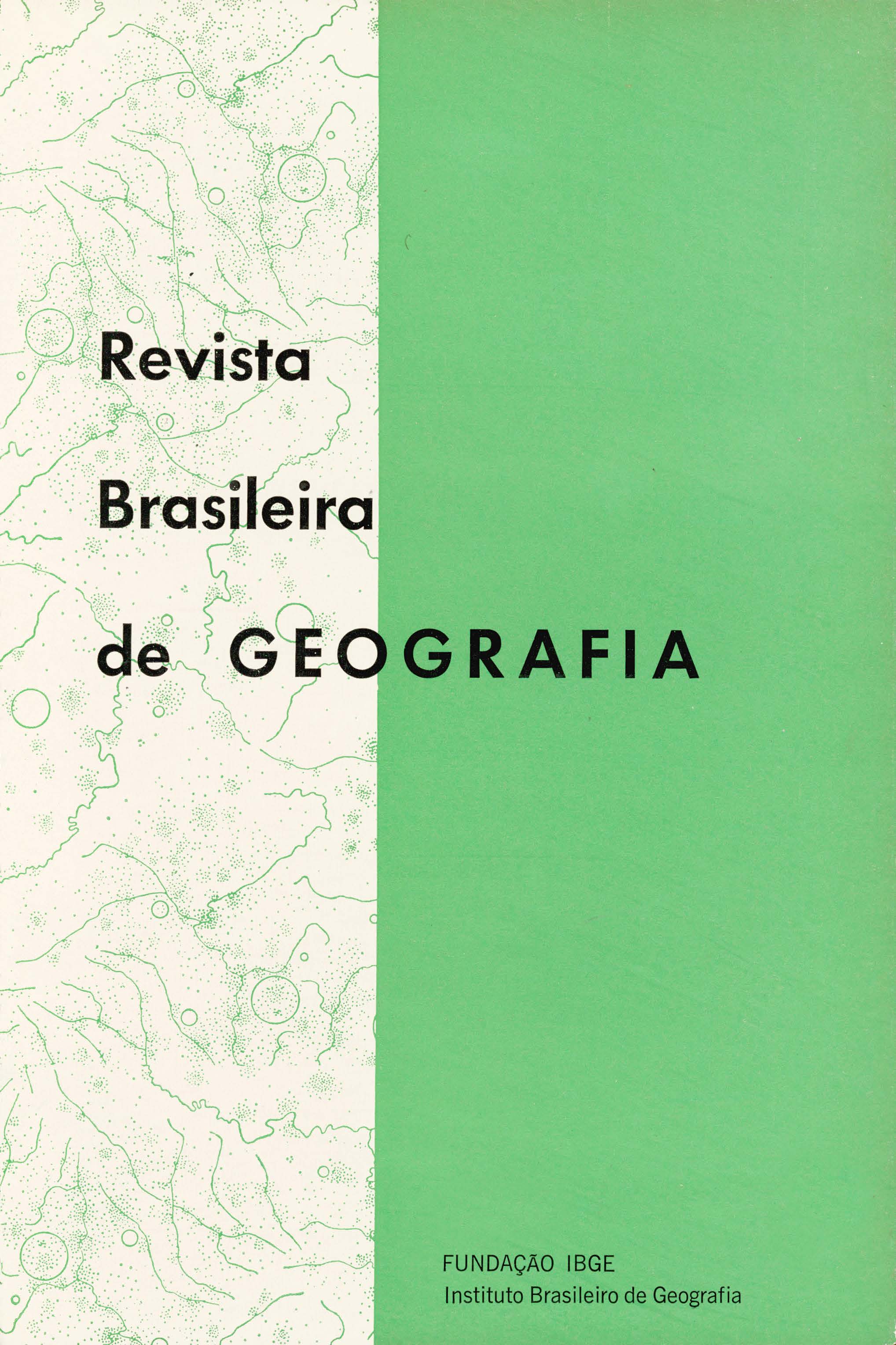Espaço, geografia e ciências sociais
Palavras-chave:
Geografia quantitativa, Ciências sociais, GeografiaResumo
This paper represents an effort to conceive and specify what we understand by space, with the preoccupation to insert it in an ample speculation, as much in terms to examine the extension of the multidimensional of this space, as in its multidisciplinary aspect, which makes the need of this specification neither necessary nor strictly geographical.
The question is examined under the aspect of two critical answers:
1 - Is the space an endogenous variable in the geographical analysis? In consequence, does each attribute or each location carry with itself the spacial effect? In this case, what should be the difference if the used variables in others social sciences are quite the same?
2 - Is there a scale or level of generalization in which the space acts in a clear way, and should this be the regional level? Should the region, in this case, be the objective of the geographical study, the level of the problem resolution, in which the variable space within the location attributes, real1y acts in an epidemiological way, making possible the similarly among neighbors places by the operation of this process - the spatial process?
The first idea or concept refers to the problem of distinguishing and comparing the geographical localization with space, and were examined two different conceptions of space on Geography (absolute and relative); 1) the traditional conception, originating from Kant, of absolute space, that conducted the Geography to the ideographic formulations, that each place is unique and it is characterized for its geographical localization; and 2) the more recent conception - associated to the theorizing and quantitative movement that conceives space in relative terms, being represented by a mathematical symbology.
In the second part of the paper, this relative conception is associated to the economic space.
The purpose of the next chapter is to discuss how the economic space is organized within the space (that is, the territorial) creating particular forms of economic space organization, that should be the same thing the economists cal! the spatial organization of the Economy.
The following chapter deals with the discussion of two types of problems:
1 - The aggregation in A - at attributes level a has a very spacial effect. that is, up to which level of resolution
2 - The aggregation in Z - at locations level (points) that is, which is the resolution level that - to a determined level and specification in A - p may or can be aggregated, in order to n attributes in p can operate in a way to make it different or similar to other p. This aggregation places the difficult problem of homogeneity (or variance) intra-place (within the conjunct resulting from the aggregation in p).
Following, it is discussed the proximity effect. This proximity nature - according to attributes and relations - it is essentially unitary, in spite of the basic argument that exists an interdependence among them. This proximity effect c-an act as much in a strict sense· of territorial contiguity, as in an ample ·sense of distance in abstract space, dully specified in n dimensions.
Finally, we reach the last chapter, examining the concept of region, that represents under certain way, types of space. The classic concept of region, bring within it, a physical contiguity idea. The typology idea has not this connotation of physical proximity. In both cases the process of groups formation obey to a previous definition of a variance function among groups/variance intra-group that must be maximized.
Within so complex subject, the author pretends to raise questions of theoretical nature, without the preoccupation of definitive conclusions, but to promote a critic reevaluation of concepts which, although fundamental to the Geography, are still not properly specified.






